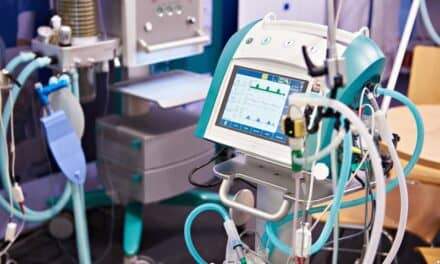The U.S. FDA announced that it considers vaporized hydrogen peroxide (VHP) to be an established method of sterilization for medical devices, recognizing VHP’s long history of safety and effectiveness.
The FDA has revised the final guidance, Submission and Review of Sterility Information in Premarket Notification (510(k)) Submissions for Devices Labeled as Sterile, to list VHP as an example of an Established Category A method of sterilization. This update will facilitate broader adoption of VHP as a sterilization method for the medical device industry, is part of the agency’s multi-pronged approach to reducing the use of ethylene oxide (EtO) where possible and further supports the agency’s efforts to advance medical device supply chain resiliency.
Effective sterilization processes are necessary for certain devices to be safe because sterilization inactivates or kills potentially harmful microorganisms. In addition to effectively inactivating or killing potentially harmful microorganisms, sterilization processes must not damage devices. For many devices marketed as sterile, a premarket submission must contain information sufficient to show the sterilization process is effective and consistent with internationally accepted consensus standard(s) that the FDA has recognized.
EtO is the most commonly used sterilization method for medical devices in the U.S., with more than 20 billion devices sold in the U.S. every year sterilized with EtO, accounting for approximately 50% of devices that require sterilization. Since 2019, the FDA has promoted the development of alternatives to EtO and has implemented a number of programs and initiatives to support innovation in medical device sterilization.
This includes developing Sterilization Master File Pilot programs to support certain changes to sterilization processes, launching innovation challenges to encourage new strategies to reduce EtO emissions and the development of new sterilization methods or technologies and proactively engaging with industry to help advance innovative alternatives to EtO.
“The FDA’s commitment is to protect public health, a critical mission in today’s complex medical device ecosystem,” says Suzanne Schwartz, MD, MBA, director of the Office of Strategic Partnerships and Technology Innovation in the FDA’s Center for Devices and Radiological Health.
“Vaporized hydrogen peroxide’s addition as an established sterilization method helps us build a more resilient supply chain for sterilized devices that can help prevent medical device shortages. As innovations in sterilization advance, the FDA will continue to seek additional modalities that deliver safe and effective sterilization methods that best protect public health,” Schwartz adds.



